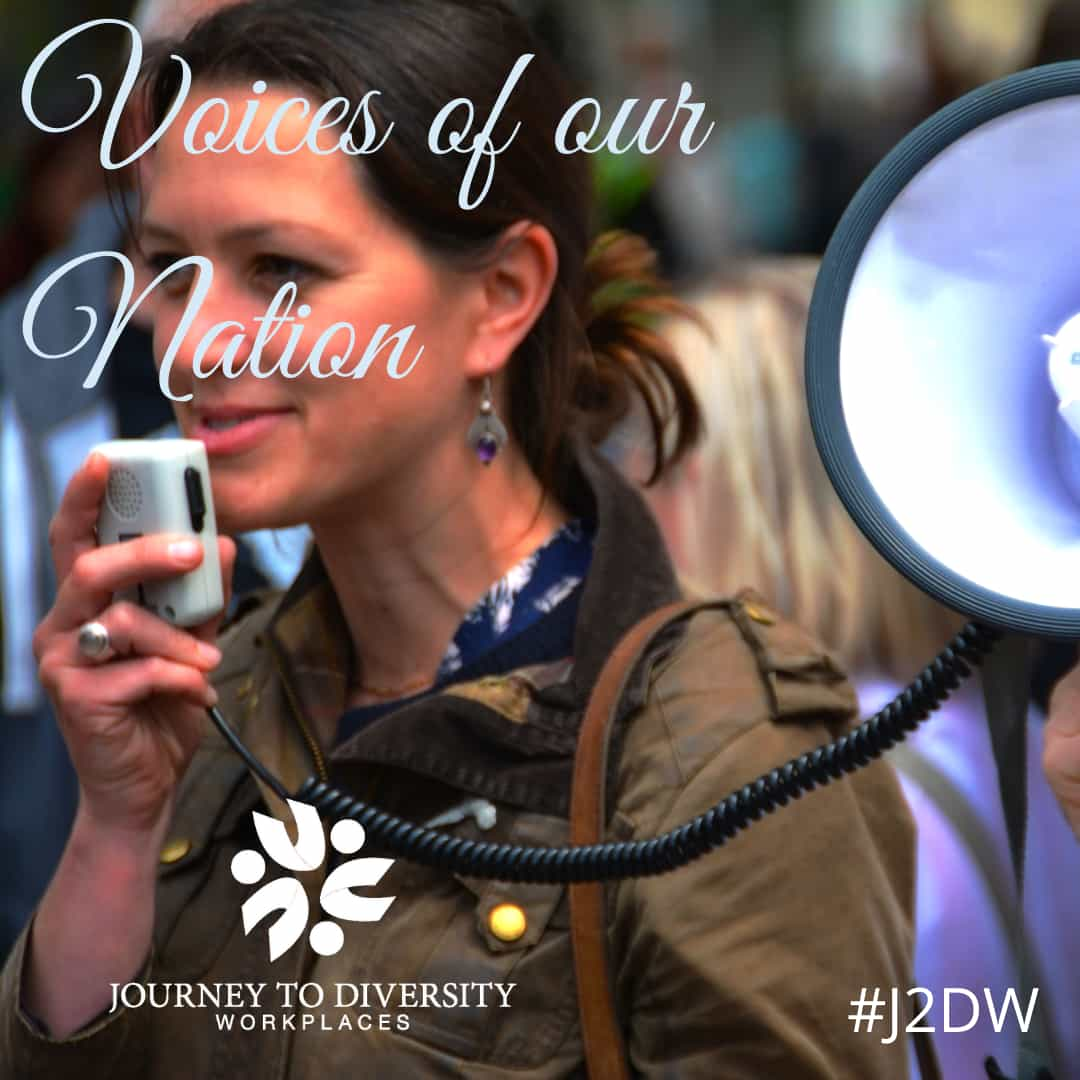
The concept of diversity encompasses both acceptance and respect. Diversity requires understanding that each person is unique while recognizing the differences between each employee. These differences can include race, ethnicity, gender, sexual orientation, age, physical abilities, religious beliefs or political beliefs. A diverse workplace requires the exploration of these differences in a positive environment. Diversity is about understanding each other and moving beyond simple tolerance to embracing the richness of diversity contained within each individual.
Workplace diversity refers to the variety of differences between people in an organization. Diversity related challenges are present in almost every Canadian workplace from the larger, urban corporations to the smaller, rural businesses. Diversity not only involves how people perceive themselves but how they perceive others. Those perceptions affect the daily interactions within a workplace. A workplace’s success depends upon its ability to embrace diversity and also to realize the benefits of diversity.
There are significant challenges that exist when attempting to create a diverse workplace environment in rural areas. A lower rural population would decrease the number of perspective employees. Which in turn may limit the potential for a diverse workplace. Rural workplaces typically have modest resources available which in turn may prevent a rural workplace from offering a competitive salary/benefits in comparison to urban workplaces. The technological limitations and accessibility issues that exist within rural areas that may pose problems to overcome to when creating a diversified workplace.
There are also challenges to creating a diverse workplace environment in urban areas. In Canada, more than 80% of the population lives in an urban area, which is one of the highest rates for countries in the world. The important issues of urban regulation and monitoring urban land use affects Canadian urban businesses. A competitive job market may make it difficult for workplaces to retain employees which would be disruptive to cohesiveness and productivity within the workplace. Scheduling issues can be a challenge to workplace diversity when potential employees are not willing to work certain shifts or are only available to work part time. Financial issues can also be a challenge to diversity in urban workplaces as it can become expensive to accommodate the needs of individual employees even though it is important for businesses to make these specific accommodations. Typically more employees are required to effectively maintain a larger corporation in comparison to the smaller businesses in rural areas.
Rural and urban workplaces need to develop strategies and goals that will meet the specific needs of the workplace. Workplace diversity elevates businesses because it provides many different perspectives during decision making, broadens the business’s reach in the global market and allows everyone an equal chance for advancement. Staff training programs can promote workplace diversity by increasing the employees’ skills. A workplace must recognize and appreciate their employees by maximizing these employees’ skills and talents. Utilizing the available technology can increase the communication of a workplace and also can allow a workplace to be successful globally instead of merely having limited success in a localized area.
Developing a workplace environment of empathy, tolerance, and respect will help to promote workplace diversity. The benefits of diversity may not be seen immediately. However, workplaces should continue to encourage a diverse workplace environment that will further the goals of the workplace while also providing the workplace with a better opportunity to achieve long-term success.
This article was contributed by volunteer blogger Shan Simpson and edited by volunteer editor Parul Datta.


